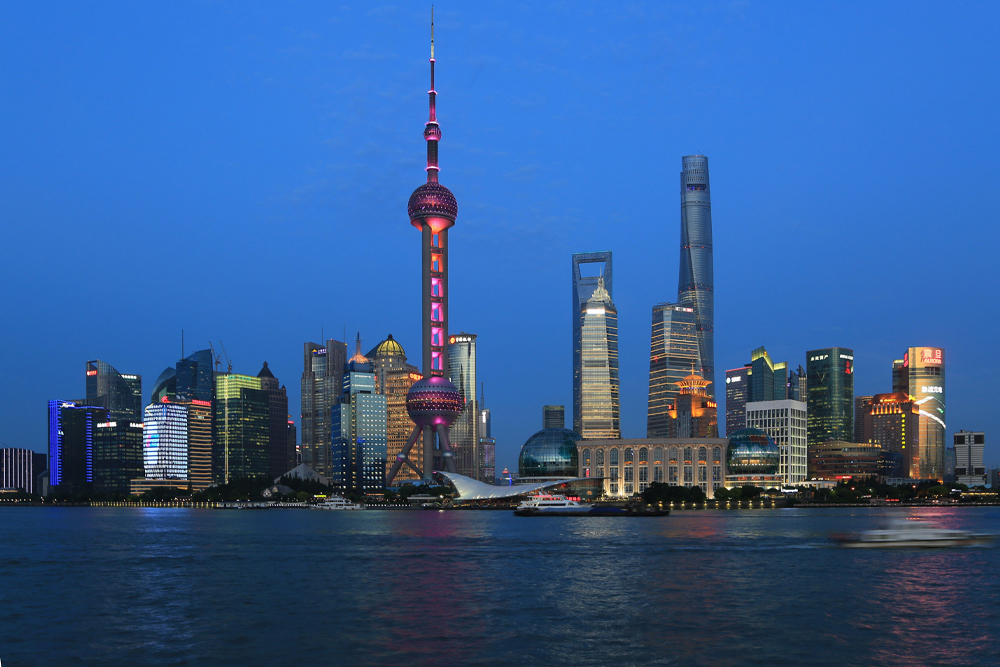
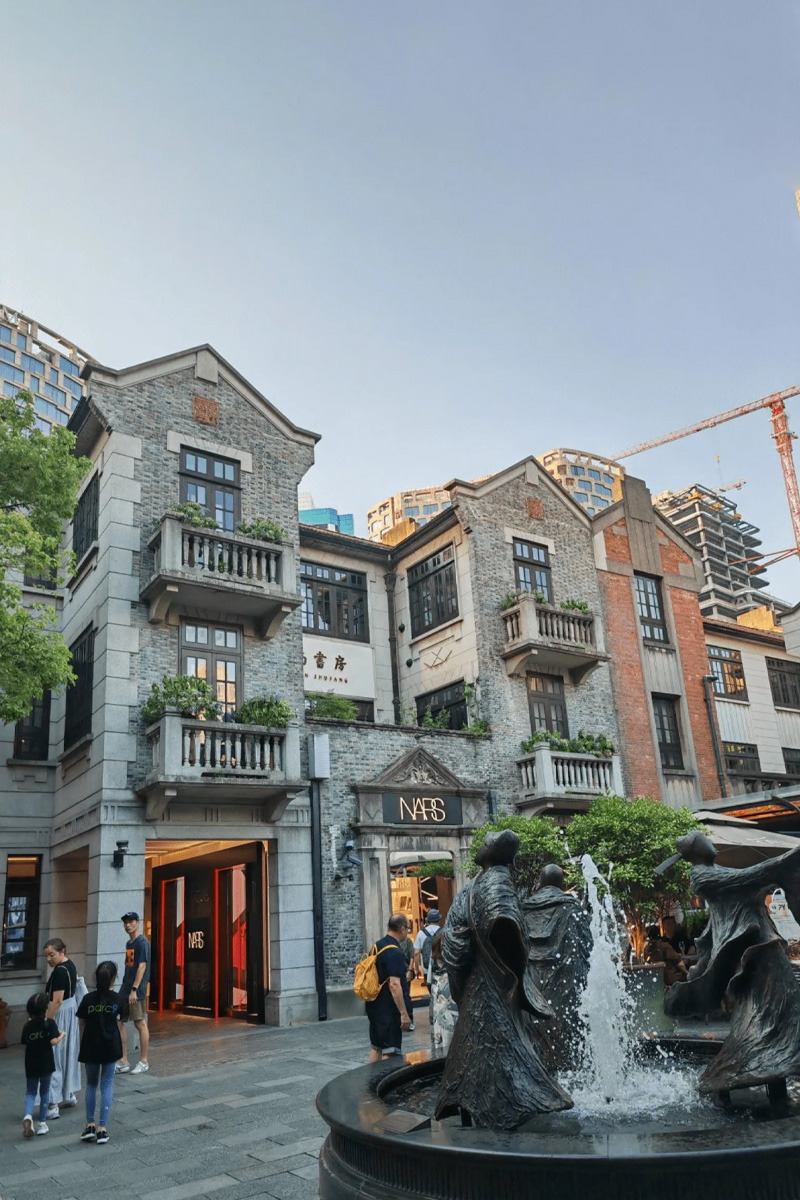
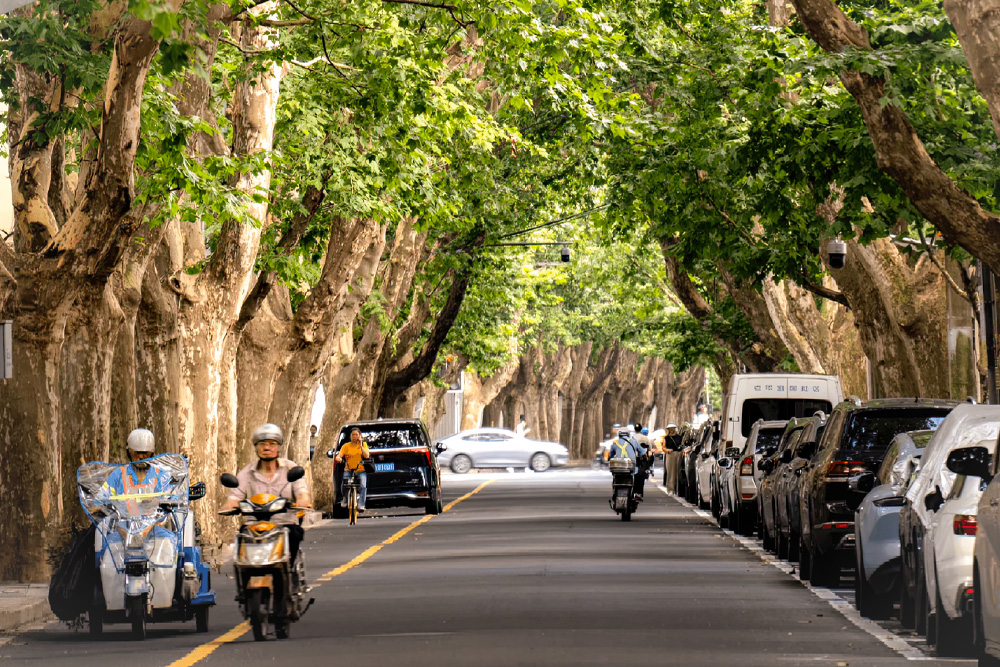
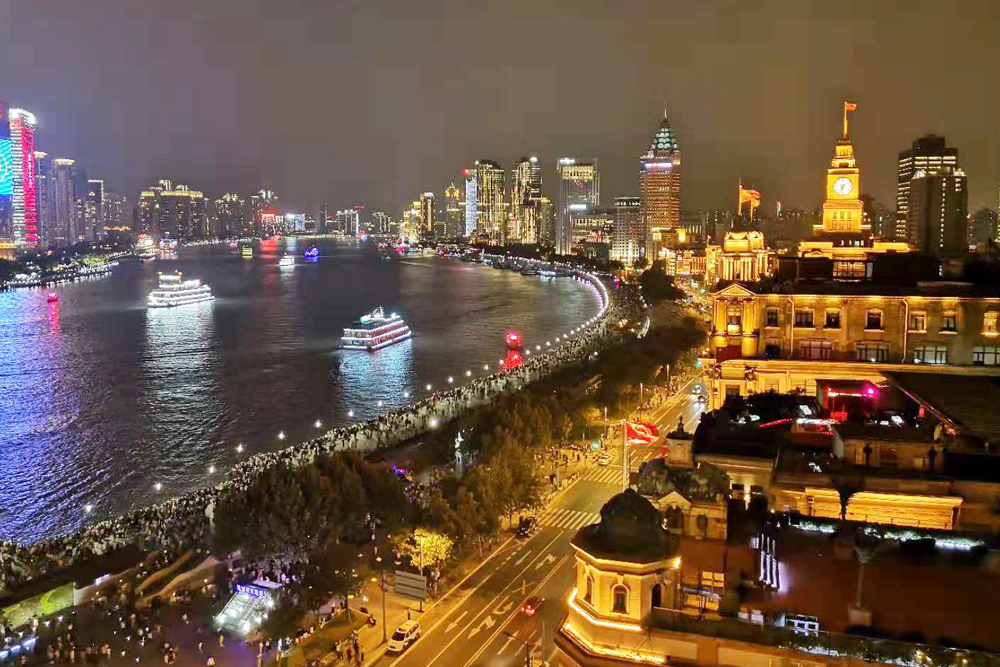
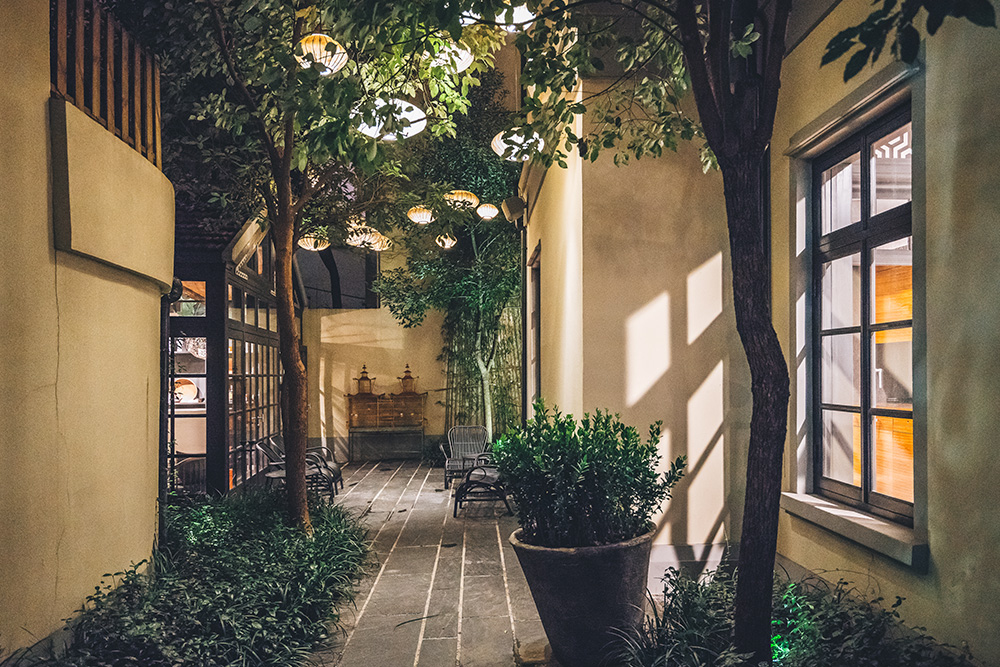
Location: Shanghai is located in the east coast of China, on the west coast of the Pacific Ocean and the eastern edge of the Asian continent. It is the center point of the north-south coast of China and the confluence of the Yangtze River and the Huangpu River. It is connected to the Yangtze River in the north, the East China Sea in the east, Hangzhou Bay in the south and Jiangsu and Zhejiang provinces in the west.
Administrative divisions: As of December 31,2022, Shanghai has 16 municipal districts, namely Huangpu District, Xuhui District, Changning District, Jing ‘an District, Putuo District, Hongkou District, Yangpu District, Minhang District, Baoshan District, Jiading District, Pudong New Area, Songjiang District, Qingpu District, Fengxian District and Chongming District.
Size and population: Shanghai covers an area of 6,340 square kilometers. It is one of the most populous cities in China, with a large and diverse population.
During the Spring and Autumn and Warring States periods, Shanghai was once the fief of Chunshen Jun of Chu, so it is also known as “Shen”.
In 1842, after the signing of the Treaty of Nanjing, Shanghai became one of the treaty ports. Britain, France, the United States and other countries successively designated concessions in Shanghai, and Shanghai gradually became an important commercial and financial center in the Far East.
In 1927, it was established as a special municipality of Shanghai.
In 1930, it was renamed Shanghai. After the liberation of Shanghai in May 1949, the Shanghai Municipal People’s Government was established, opening a new chapter of development.
Financial Center: Shanghai is one of the financial centers in China, with numerous domestic and foreign financial institutions. Lujiazui is the core functional area of Shanghai International Financial Center, gathering a large number of headquarters of financial institutions such as banking, securities and insurance, such as Shanghai Stock Exchange, which is an important financial trading platform in China.
Trade hub: As an important trade port in China, Shanghai has a busy port, such as Yangshan Deep Water Port, which is one of the busiest container ports in the world. It has a huge cargo throughput and maintains close trade with all over the world.
Industrial diversity: Shanghai’s industries cover a number of fields, including high-end manufacturing, electronic information, automobile manufacturing, biomedicine, aerospace, etc., and the service industry is also very developed, such as finance, logistics, exhibition, tourism, etc., which promotes the diversified development of Shanghai’s economy.
Architectural Style: Shanghai boasts a diverse architectural style, with numerous historical buildings of various styles lining the Bund, such as Gothic, Romanesque, and Baroque, bearing witness to the city’s century-long vicissitudes. In Pudong, modern skyscrapers like the Shanghai Tower, Oriental Pearl Tower, and Jin Mao Tower form a striking urban skyline, showcasing Shanghai’s vitality and innovation.
Art and Culture: Shanghai is rich in artistic resources, including the Shanghai Museum, Shanghai Art Museum and many other cultural venues, which collect and display a large number of art treasures and historical relics; at the same time, Shanghai is also one of the centers of art creation and performance in China, with a variety of concerts, dramas, dances, art exhibitions and other cultural activities.
Traditional and Modern Fusion: Shanghai boasts both traditional Jiangnan cultural elements, such as the classical gardens like Yuyuan, and modern, trendy districts and events. Here, you can savor authentic local cuisine and enjoy international delicacies; appreciate traditional performances of Shanghainese opera and Yueju opera, and participate in various fashionable art parties and music festivals.
Traffic Network: Shanghai boasts a convenient transportation network, featuring various modes of transport such as subways, buses, taxis, and shared bicycles. The subway system is extensive, crisscrossing the city’s every corner, making travel easy for both residents and visitors; Shanghai also has a maglev train, the world’s first commercially operated maglev line, connecting Pudong International Airport to the city center, offering extremely fast travel and more options for commuters.
Infrastructure: Shanghai boasts an exceptionally well-developed infrastructure, featuring modern airports, ports, highways, and bridges. For instance, the Nanpu Bridge and Yangpu Bridge span the Huangpu River, becoming iconic landmarks of Shanghai; the city’s planning also emphasizes environmental protection, with numerous parks and green spaces such as Century Park and Gongqing Forest Park, providing residents with ample space for leisure and recreation.
The Bund: Along the Huangpu River, on one side are historical buildings of various styles and on the other side are modern skyscrapers. The night view is very charming and it is a must-see for tourists.
Yuyuan: Located at 168 Fuyou Road, Huangpu District, it was built in the Ming Dynasty during the reigns of Jiajing and Wanli, and has a history of more than 450 years.
City God Temple: Located at No.249, Fangbang Middle Road, Huangpu District, Shanghai, it is a Taoist temple. Originally known as Jinshan Temple, it was built in the Ming Dynasty during the Yongle period to worship General Huo Guang of Han Dynasty.
Suzhou River: It is the main tributary of Huangpu River. Suzhou River has witnessed the historical changes and urban development of Shanghai. On one side are old buildings with historical flavor, such as the General Post Office Building and Riverside Building, which carry the memory of Shanghai for a hundred years;
French Concession: mainly located in the present-day Huangpu District and Luwan District. In modern history, it was the French concession in Shanghai, leaving a large number of unique European-style buildings, such as French Renaissance style, Baroque style, etc.
Nanjing Road: Located in Huangpu District of Shanghai, it starts from Zhongshan Road in the west and ends at Zhongshan Road in the east, divided into Nanjing East Road and Nanjing West Road. It is one of the busiest commercial streets in Shanghai, known as the “First Commercial Street of China.” One Shanghai Tower: Situated in Lujiazui Financial and Trade Zone of Pudong New Area, with a total height of 632 meters, it is the tallest building in China and the third tallest in the world. The tower’s exterior features a spiral ascending design, exuding a strong sense of modernity and technology. One
Oriental Pearl Shanghai, rich and diverse city style, welcome your arrival!

Subscribe to us and easily get the latest travel guides and limited-time travel discounts!
